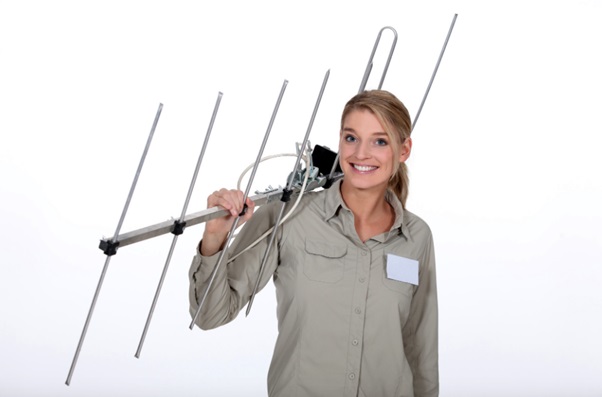More than six million households cut the cord in 2020, according to research by eMarketer. That brings the number of people abandoning cable to about 31.2 million.
But it’s almost common knowledge that the savings from cord-cutting become less impressive when you have to pay a service for local channels for news, weather, and network TV.
The answer to this quandary is a digital nmo antenna to boast your TV reception. For some people, this works as well as plug and play. For other people, their digital antenna has delivered nothing but static.
In the following article, we’ll discuss how to assess your digital TV situation and some tips for improving that reception.
1) Choose the Right Antenna
There are hundreds of digital antennas out there, so you need to decide which one is right for you. For many Americans in urban areas, a capable inside digital antenna may suffice. You may have to add a TV antenna amplifier, but you may not need to install the antenna outside or on the roof of your home or apartment.
To get a sense of the strength needed, you’ll need to know many channels you should expect. Do this by consulting a digital reception map. Many determine your location, how many channels you should expect, their signal strength in your area, and supply the stations’ channel numbers.
2) Should You Consider a Directional Antenna?
A directional antenna means that the unit rotates for better reception. You may find this useful in areas where reception is thin. They make directional antennas for both indoor and outdoor use. The larger outdoor directional antennas have a small motor. A remote control moves the antenna into the proper alignment for channel reception.
3) Placement Affects TV Reception
If you opt for an indoor digital antenna, remember to go high. Placing the antenna as high as possible will help ensure its reception and keep it away from any interference.
In fact, you should go high even if you have an outdoor antenna. You may find roof reception better than outside a window at your home or condominium. Also, try to keep your indoor antenna on an outside wall, if possible.
4) Do You Need an Amplifier?
If your TV’s tuner is logging the channel, but it freezes or blinks out excessively, you should consider a masthead or distribution amplifier. A masthead is the most common signal amplifier, and it attaches to the bottom of your digital antenna. A distribution amplifier is a larger unit installed on your roof or in your home and is generally used to power multiple antennas.
5) Reduce Interference
Signal interference can reduce your TV reception. Avoid placing your antenna next to metal windows or against a metal roof. Also, avoid electronic interference by not placing your antenna away from WiFi routers or other communication devices.
Don’t Forget to Weatherize
As you build out your equipment to improve your TV reception, remember to make sure you have sturdy components. Consider upgrading the coaxial cable that comes with your antennas if it seems flimsy. Also, make sure your amplifier and cables are weatherized to protect them from the elements and ensure their longevity.
Did you find this article helpful? If so, search this website for more features on technology and television.

